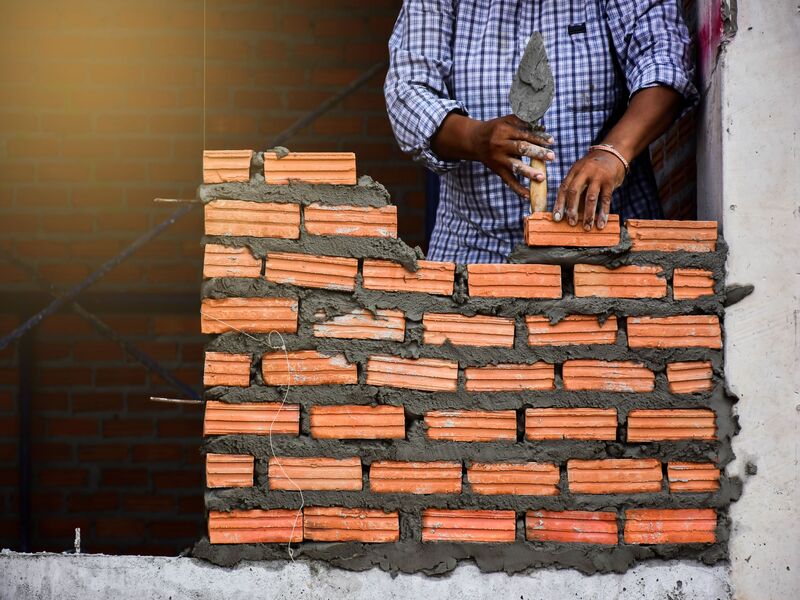Scientists from China and the United States have created a new type of cement designed to curb heat buildup in buildings and lower indoor temperatures.
The study, published in Science Advances, reveals that the material — called photon-structured cement — can reduce indoor heat by about 5 degrees Celsius on hot days.
As the cement sets, it develops a crystal-like surface structure similar to the natural mineral ettringite. This formation reflects most visible light while allowing nearly all mid-infrared radiation to pass through, helping to keep interiors cooler even under extreme heat.
The project was led by Professor Miao Chanven of Southeast University in China in partnership with U.S. researchers. It addresses a key limitation of conventional cement, which reflects only around 30% of sunlight and heat, contributing to higher indoor temperatures in hot and tropical climates.
In experiments, researchers built miniature house models and exposed them to direct sunlight. Walls made from standard cement heated to 60–70 degrees Celsius, while those using photon-structured cement stayed at 30–35 degrees, lowering indoor temperatures by roughly 5 degrees.
According to the team, the innovation could significantly cut cooling costs in buildings and support efforts to combat climate change. Beyond tropical regions, it could also benefit cities worldwide where heat is a growing concern.
They noted that the material could enhance energy efficiency and sustainability in construction, offering residents cooler and more comfortable living environments.
(Inputs from WAM)





